
Battery-Powered Bedroom Lights vs. Wired Bedroom Lights: Pros and Cons
Share
Table of Contents
- 1. What are battery‑powered bedroom lights and how do they work?
- 2. How do wired bedroom lights differ in design and functionality?
- 3. Which is easier to install and relocate: battery or wired lights?
- 4. How do battery‑powered and wired lights compare in brightness and quality?
- 5. Are battery‑powered bedroom lights safer than wired options?
- 6. Which option is more cost-effective in the long run?
- 7. What are the aesthetic and style differences?
- 8. Do both types support smart features and automation?
- 9. When should you choose battery-powered over wired lighting?
- 10. FAQs
- 11. Final Verdict: Which is better for bedroom lighting overall?
1. What are battery‑powered bedroom lights and how do they work?

Battery-powered bedroom lights are stand-alone lighting units powered by replaceable or built-in rechargeable batteries (AA/AAA/Li-ion). They include puck lights, LED strips, motion-sensing wall sconces, and tap-on bedside lamps. The lack of mains wiring means installation requires no electricians—ideal for renters or temporary setups.
According to Lumaz, quality battery‑powered LEDs produce 20–100 hours of light per charge depending on brightness settings and battery capacity reddit.com.
User Story (Homes & Gardens review):
“I swear by these $10 sensor lights in my closet—they’ve lasted six months without recharging.”
Feature Comparison Table (Battery‑Powered Lights):
| Feature | Description |
|---|---|
| Power Source | AA/AAA or built‑in rechargeable cell |
| Runtime | 20–100 hrs (Lumaz data) |
| Installation | Peel‑and‑stick, no tools required |
| Portability | Fully relocatable |
| Use Cases | Closets, nightstands, accent/cabinet lighting |
2. How do wired bedroom lights differ in design and functionality?
Under Cabinet COB LED Strip Light with Touch Sensor Dimmable For Bedroom
Wired bedroom lights draw power directly from residential mains (120 V in the U.S.) and usually require hardwired installation via junction boxes. This group includes ceiling fixtures, wall lamps, and desk lights with smart integrations.
A City Electric Supply report notes that wired systems “offer superior reliability and faster, interference-free control—ideal for whole-room setups”.
Expert Quote:
“Wired wiring systems draw power directly from your home’s electrical grid, ensuring consistent operation without battery concerns” .
Feature Comparison Table (Wired Lights):
| Feature | Description |
|---|---|
| Power Source | Mains electricity (120 V/240 V) |
| Reliability | Continuous; no battery replacement required |
| Installation | Requires electrician, junction box, wiring |
| Smart Integrations | Seamless with home automation, dimmers, central control |
| Use Cases | Primary lighting, ceiling fixtures, integrated systems |
3. Which is easier to install and relocate: battery or wired lights?
Battery-powered lights typically feature adhesive backing or simple brackets—installation takes minutes with no tools or permits. They are perfect for renters or temporary placements.
“Battery-powered wall sconces are a renter‑friendly lighting trend… easy to move and remove whenever needed.”
Wired lights demand professional installation: electricians, wall cutting, fixture mounting, and compliance with electrical codes. Relocate? Expect drilling, patching, and rewiring, which can quickly escalate costs and time.
Quick Comparison:
| Aspect | Battery-Powered Lights | Wired Lights |
|---|---|---|
| Installation Difficulty | Low—DIY & tool-free | High—electrician & tools required |
| Relocation Ease | High—adhesive/removable | Low—reinstallation & wall repair needed |
| Time Required | Minutes per unit | Several hours per fixture |
4. How do battery‑powered and wired lights compare in brightness and quality?
Wired fixtures provide consistent, high lumen output ideal for reading or full-room lighting. According to BMC AV, wired systems coupled with LED bulbs deliver “superior lighting control and performance”.
Battery-powered LEDs, while suitable for accent lighting, can fall short in brightness. Advanced models now offer dimming and warm/cool temperatures, but they’re intended primarily for ambiance rather than full illumination .
Brightness Table:
| Type | Typical Lumens | Ideal for |
|---|---|---|
| High-end Wired LED | 800–1,500 lm | Ceilings, reading, general room illumination |
| Battery LED Puck/Tape | 100–400 lm | Accent lighting, nightstand illumination |
5. Are battery‑powered bedroom lights safer than wired options?
Battery-powered lights run low-voltage and produce minimal heat—safer around children, fabrics, and flammable surfaces. The caveat: frequent battery replacements can create environmental waste; the EPA emphasizes proper recycling.
Wired lights, while powerful and efficient, involve mains electricity, bringing risks of shocks or faulty wiring. However, modern systems include protections like grounding and breakers. The Wireless Controls study shows that hybrid wired/wireless systems offer increased reliability and safety diligence .
Safety Snapshot:
| Risk Factor | Battery-Powered Lights | Wired Lights |
|---|---|---|
| Electric Shock Risk | Very Low | Moderate (if improperly installed) |
| Fire Hazard | Low (cool LEDs) | Moderate (wiring shorts possible) |
| Maintenance Safety | Simple battery swaps only | Requires electrical cover and permits |
6. Which option is more cost-effective in the long run?
Cost effectiveness depends not only on initial purchase but also on energy consumption, maintenance, and lifespan.
Battery-Powered Lights:
- Typically cost between $10–$30 per unit.
- Recurring expenses include battery replacements or charging cycles, which can add up over time.
- Many LED models claim 30,000–50,000 hours, but battery life shortens over time depending on usage and brand.
Wired Lights:
- Installation can range from $50 to $200+ (fixtures + electrician fees).
- No ongoing power supply issues—average usage adds only $1–$2 per year in electricity for LED bulbs (energy.gov).
- Durability is higher, with most quality fixtures lasting 10–20 years.
Cost Comparison Table:
| Cost Factor | Battery-Powered Lights | Wired Lights |
|---|---|---|
| Initial Setup Cost | Low ($10–$30) | High ($50–$200+) |
| Operating Cost (Yearly) | Medium (battery cycles) | Low ($1–$2 electricity) |
| Lifespan | Medium (2–5 years) | Long (10–20 years) |
| Maintenance | Battery changes | Minimal to none |
Reddit Discussion Highlight:
“We swapped from battery puck lights to wired LED strips last year. Batteries were too unpredictable—we’d find one light dead randomly every few weeks.” – r/HomeImprovement
7. What are the aesthetic and style differences?
Battery-powered lighting is often sleek, minimal, and versatile. Brands like Brilliant Evolution and GE offer puck and strip lights that blend easily into under-bed areas, closets, or headboards. Their wireless design supports clean, cord-free visuals.
Wired lights, on the other hand, integrate more deeply with room architecture—think pendant lights, recessed lighting, or wired sconces. They offer a more permanent and polished aesthetic and often become a defining element of the room's look.
Style Use Case Examples:
- Battery-Powered: Boho or Scandinavian bedrooms that favor soft, low-light vibes.
- Wired: Modern or industrial spaces with built-in LED lines or minimalist overhead fixtures.
Expert Tip (Architectural Digest):
“For design-focused homeowners, wired lighting provides better symmetry and design flow, especially when working with a lighting plan or interior designer.”
8. Do both types support smart features and automation?
Wired lighting systems are naturally more compatible with home automation. Using hubs like Philips Hue, Lutron Caséta, or Leviton, homeowners can control scenes, schedules, dimming, and integrations with Alexa, Google Assistant, or Apple HomeKit.
Battery-powered lights, while traditionally manual, are evolving. Some models now include:
- Remote control
- Motion sensors
- Bluetooth app control (e.g., Mr. Beams, GE Enbrighten)
However, most lack full smart home integration unless paired with smart plugs or adapters, and even then, functions like dimming or color changes are limited.
Smart Features Table:
| Feature | Battery-Powered Lights | Wired Lights |
|---|---|---|
| Smart Hub Compatibility | Limited (via adapters) | Full (Hue, Lutron, etc.) |
| Voice Assistant Support | Rare | Yes (Alexa, Google, Siri) |
| App-Controlled Scenes | Partial (in select models) | Full range |
| Automation (Schedules) | Manual or basic timer | Advanced scheduling |
User Review (Amazon - GE Wireless Puck):
“The timer and remote were great, but I really wish these could integrate with Alexa.”
9. When should you choose battery-powered over wired lighting?
The choice comes down to use case, control preferences, and permanence.
Battery-Powered is Best For:
- Renters and students
- Temporary setups (e.g., guest rooms, closets, nooks)
- Low-traffic areas or accent lighting
Wired Lighting is Best For:
- Permanent homes or long-term renovations
- Primary bedroom illumination
- Users who prefer full smart-home control
Hybrid Setup Tip: Many homeowners now combine both systems—wired for base lighting, battery for accents—especially when retrofitting or minimizing installation work.
User Experience (Pinterest Community Insight):
“We added puck lights behind a headboard while using a ceiling-mounted LED as the main light. Perfect cozy + bright combo without rewiring the wall.”
10. FAQs
Q1: Can I switch from wired to battery-powered lights?
Yes, particularly in non-load-bearing fixtures. But battery lights may lack the brightness of their wired counterparts.
Q2: How long do battery lights last per charge?
Typically between 20 to 100 hours depending on brightness, type, and battery size.
Q3: Are rechargeable battery lights a good option?
Absolutely. They reduce environmental impact and long-term cost, especially in high-use zones.
Q4: Do battery lights support dimming?
Many puck lights and strips do, but options are more limited compared to wired smart dimmers.
Q5: Can I use both lighting types in the same room?
Yes, and it's often encouraged for layered lighting—e.g., wired ceiling + battery bedside.
11. Final Verdict: Which is better for bedroom lighting overall?
There’s no one-size-fits-all answer. Here’s the expert breakdown:
| Preference | Best Choice |
|---|---|
| Cost & Flexibility | Battery-Powered |
| Brightness & Consistency | Wired |
| Design Flexibility | Battery-Powered |
| Smart Integration | Wired |
| Portability | Battery-Powered |
| Longevity | Wired |
Expert Insight (Lighting Designer, Houzz):
“For renters or temporary lighting, battery wins. But for smart, high-output lighting—wired will always have the upper hand.”
If you’re setting up a flexible, layered ambiance, combining both wired and battery-powered lighting offers the best of both worlds.
Related Articles:

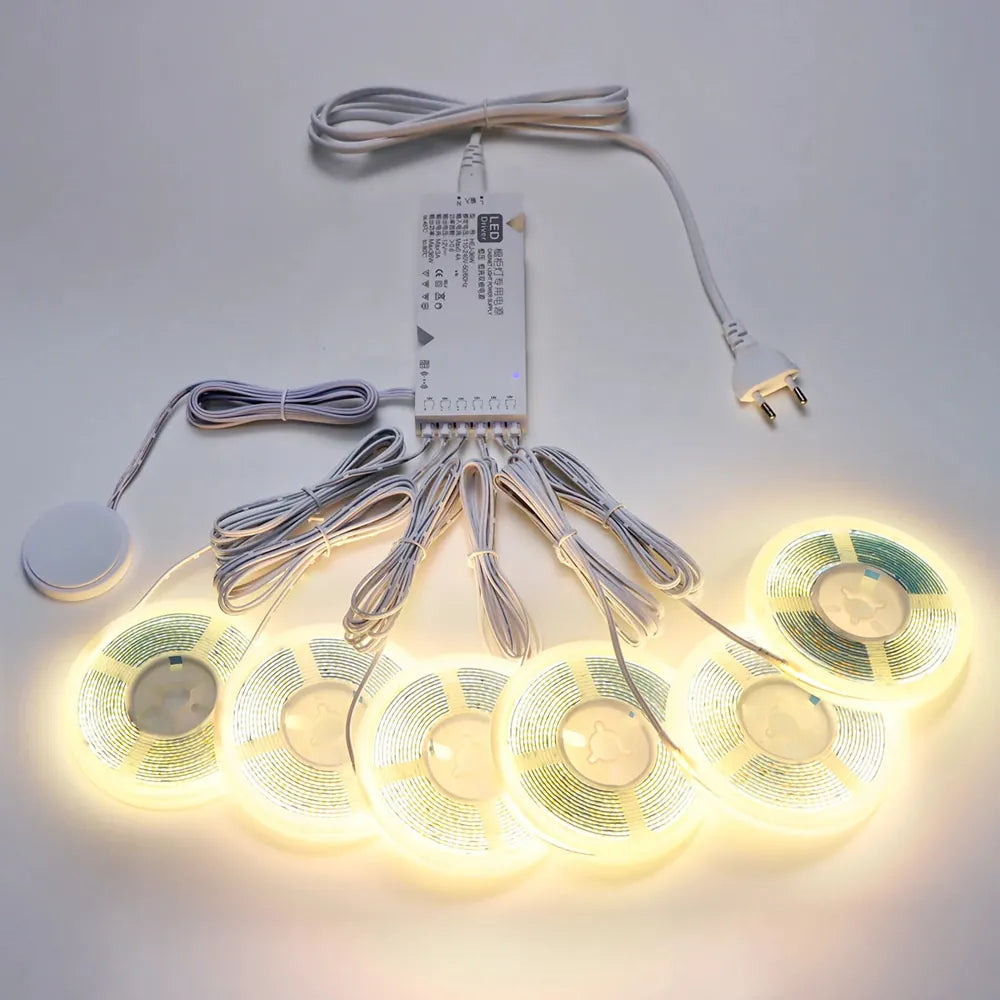

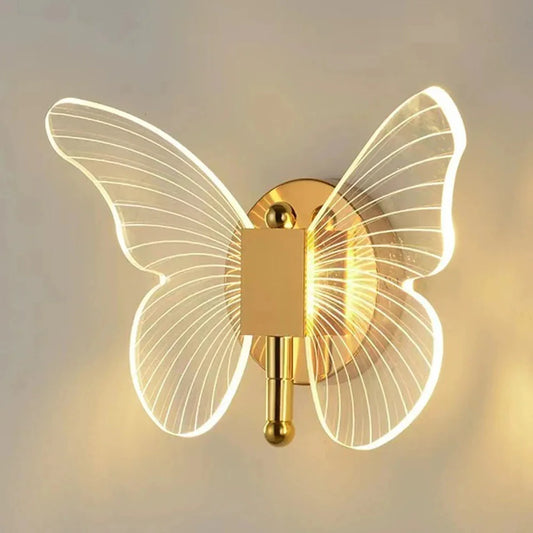

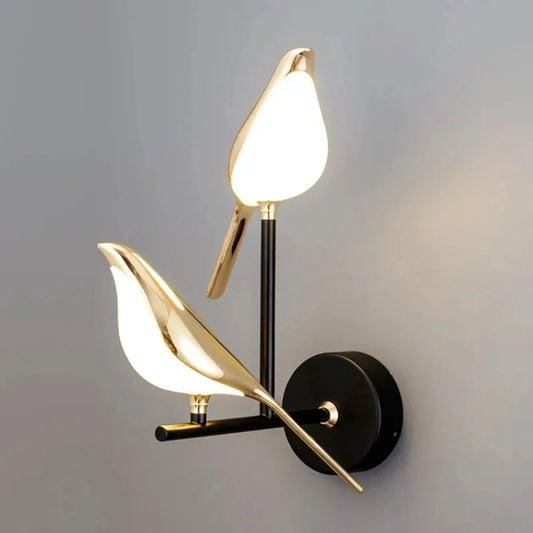

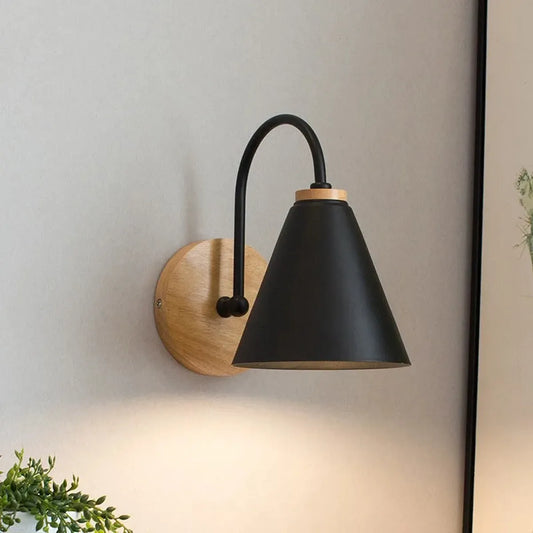

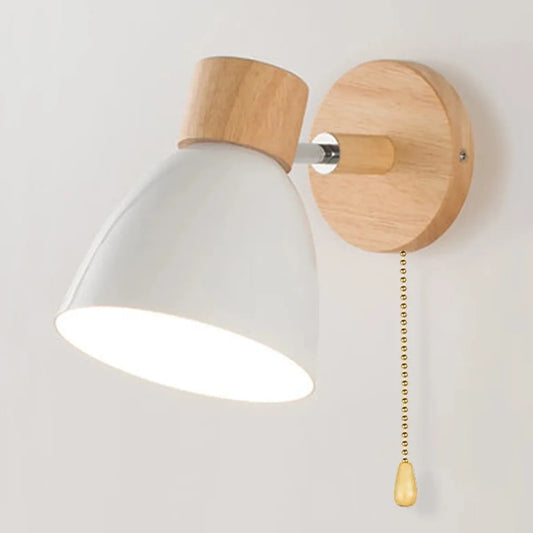



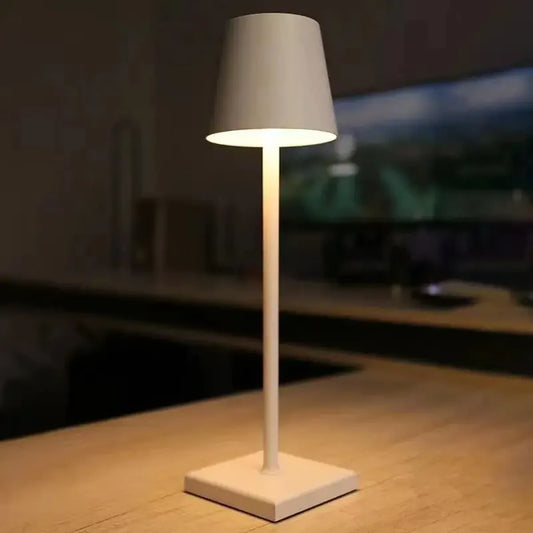

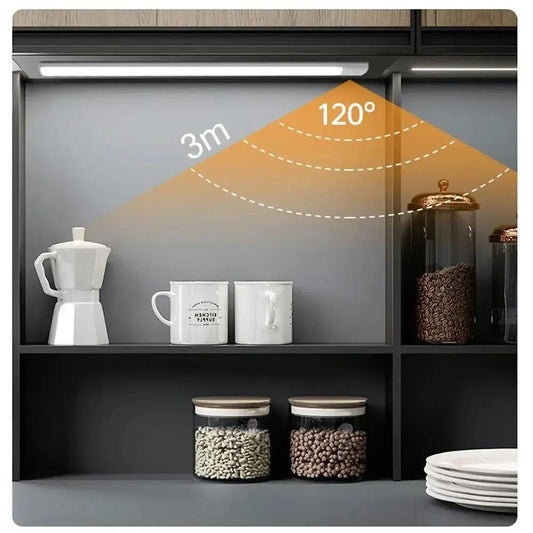

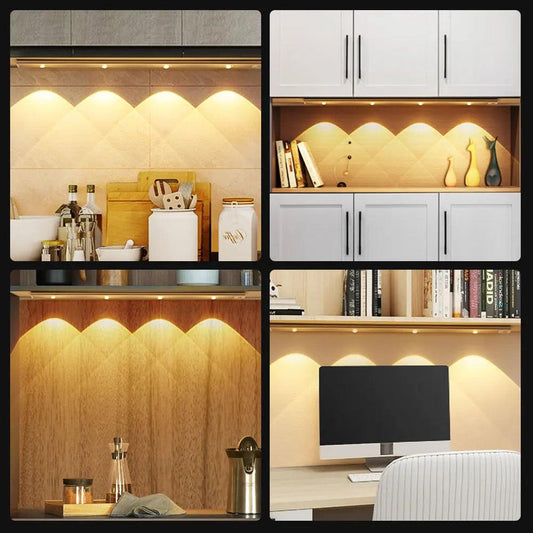

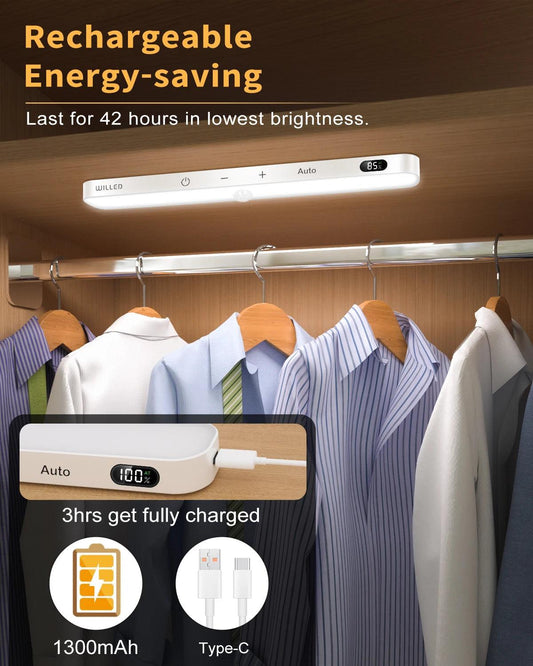

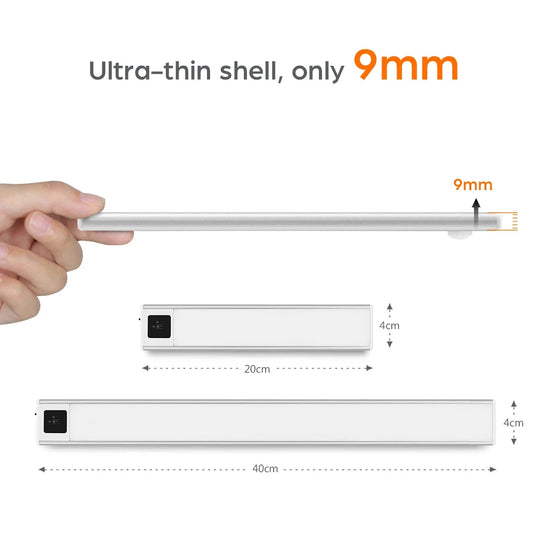

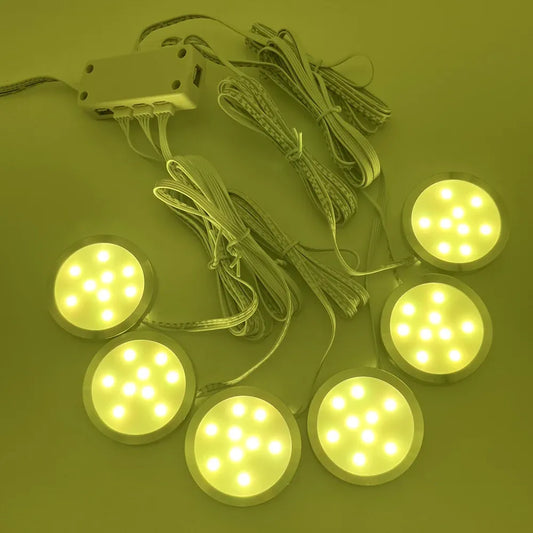

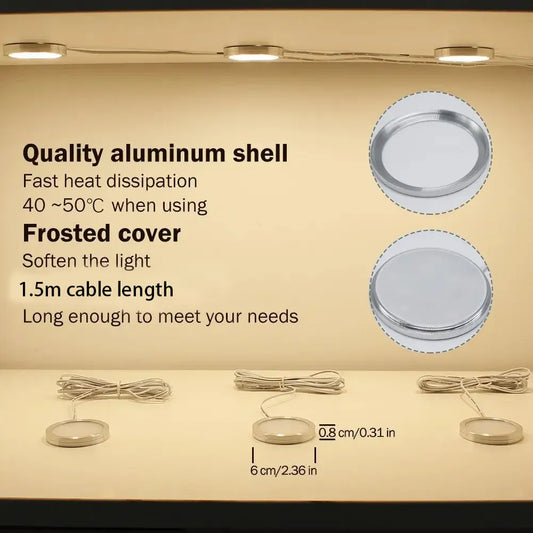



 />
/>
 />
/>
 />
/>
 />
/>
 />
/>